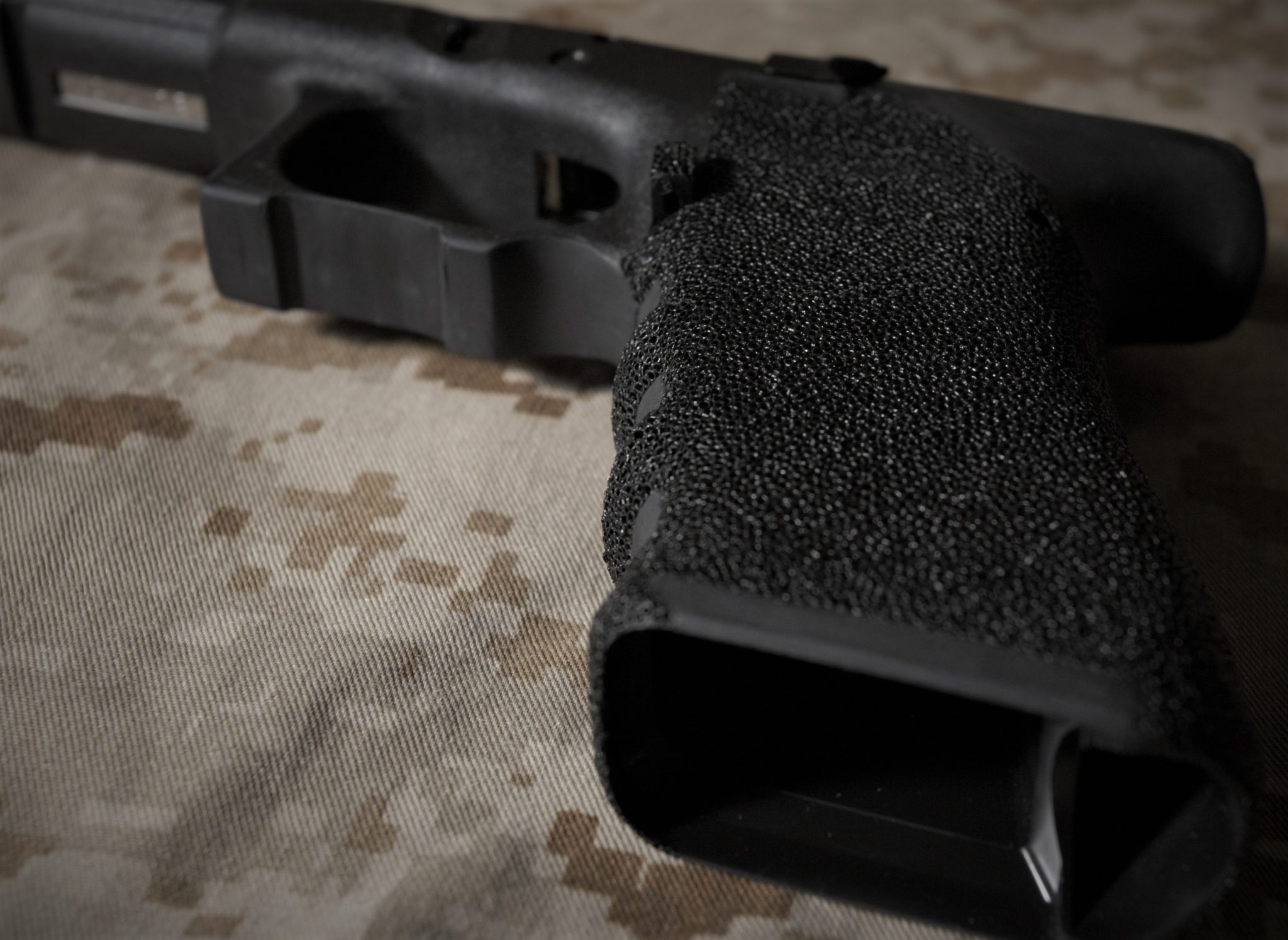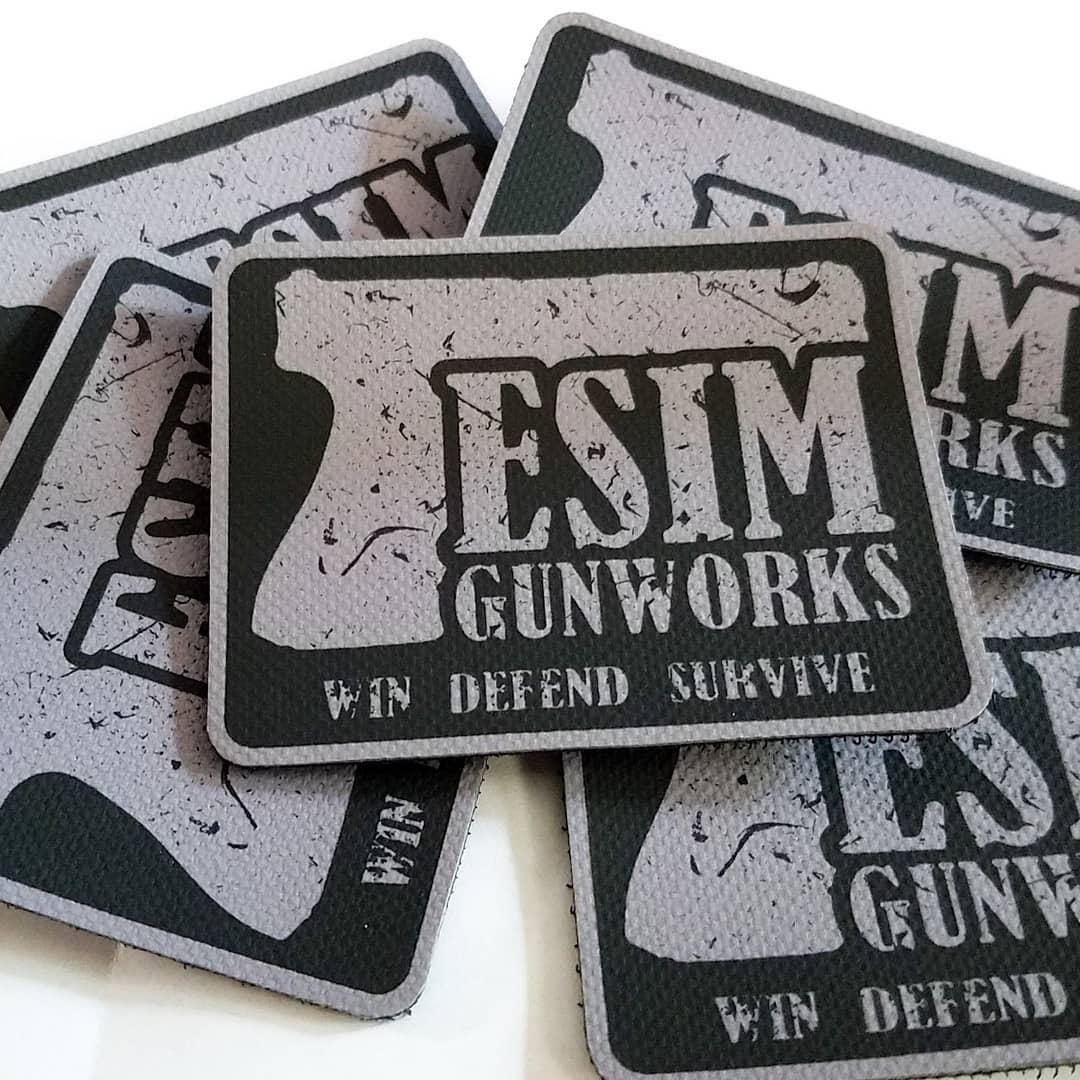Why Modify a Glock: Frame Modifications, Stippling, and Performance

Why Modify a Glock: Frame Modifications, Stippling, and Performance
Sean Moore – Esim Gunworks –

If you have an Instagram account, Facebook account, or Pinterest, then you have most likely seen some polymer pistols, probably a Glock, that has been cut up and stippled. At first glance, these modifications may seem superficial, changing only the aesthetics so that the owner has a social media photo-worthy toy to show off. While some owners of these heavily modified pistols may have dreams of Instagram fame thanks to their operator level, Tier 1, Secret Squirrel package Glock, they are probably missing the point of most of the modifications that had been made to their weapon. Starting with the most obvious modification, let’s talk stippling.



There are MANY different patterns to choose from when it comes to stippling. Some are much more functional, while others may improve grip some, but are, by design, more of a cosmetic addition. The purpose behind having stippling applied to your firearm is grip improvement. For those of us who use our firearms in inclement weather or with sweaty/blood covered hands, the factory texture may not provide enough traction to maintain a strong grip on the firearm. I have tried rubber grips, grip tape, and decal grips and have found all of them, for one reason or another, to be less than ideal for me when compared to the permanently applied texture stippling provides. Rubber grips, like Hogue, add way too much thickness to the grip, and grip tape can be uncomfortable when used on a concealed carry weapon and needs to be replaced frequently, at least in m experience
. Of all the modifications I do, the single most functional and beneficial enhancement, especially on a Glock, is the trigger guard undercut and bevel. Cutting material from the bottom side of the trigger guard allows the shooter a higher grip on the pistol, lessening the distance between the bore and the shooters hand. By allowing the hand to sit closer to the bore axis, the fulcrum effect that plays a big part in muzzle flip is reduced, making for a flatter running gun. In addition to the obvious benefit from reduced muzzle flip, undercutting the trigger guard, for most people, makes the Glock FEEL much more comfortable, and as I will explain later, that is extremely important.

There are many other modifications that are, in my opinion, less functional than the previously mentioned, yet are very commonly requested, are things like index points, speed ledges, grip reductions, glove bevels, beaver-tail additions, finger groove reduction/removal, and a few others. Some of these modifications do improve ergonomics which absolutely can increase accuracy by way of making the shooter feel more comfortable and confident with their weapon. The importance of ergonomics cannot be overstated. I have seen, time and time again, shooters show marked improvement after having some of these modifications done to their firearm, even though none of these customization, with the exception of the trigger guard undercut, actually do anything to alter the performance or function of the gun. Being comfortable means being confident. Being confident (along with good fundamentals) means being accurate.
Published in Competitive Shooting, Firearms, Pistols, Tactical

